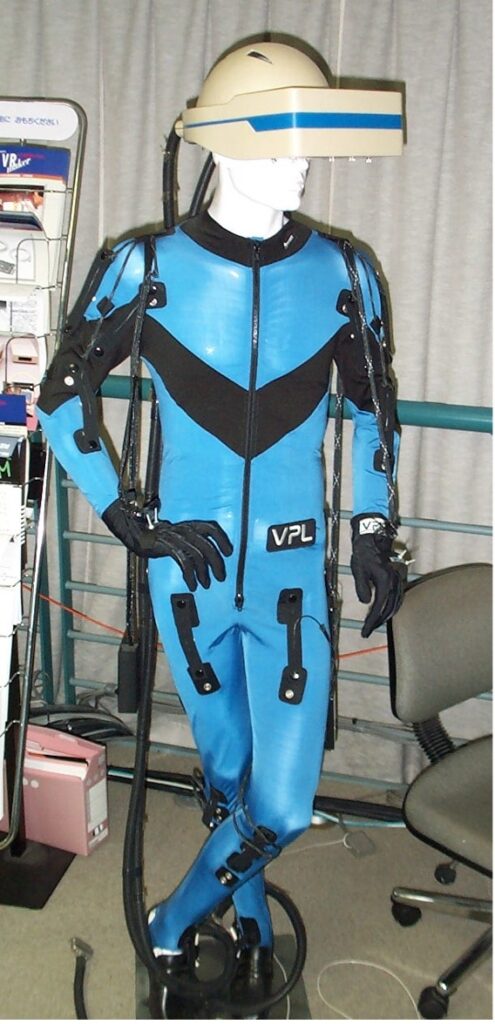Seminar Blogs
“The Apparatgeist of VR and the Logic of Immersion” – Jingzhe Zhang
 One of the many interesting things brought up by Frank Kessler and Imar de Vries in the seminar is the theory of Apparatgeist. Apparatgeist is a neologism coined by James Katz and Mark Aakhus (2002) based on their observation of parallel shifts in communication habits that came out of mobile phone adoption in different countries. It refers to “the common set of strategies or principles of reasoning about technology evident in the identifiable, consistent and generalized patterns of technological advancement throughout history” (307).
One of the many interesting things brought up by Frank Kessler and Imar de Vries in the seminar is the theory of Apparatgeist. Apparatgeist is a neologism coined by James Katz and Mark Aakhus (2002) based on their observation of parallel shifts in communication habits that came out of mobile phone adoption in different countries. It refers to “the common set of strategies or principles of reasoning about technology evident in the identifiable, consistent and generalized patterns of technological advancement throughout history” (307).
While the popular and often intentionally promoted narrative of a linear progress of technology is certainly wrong and dangerous as the speakers demonstrate, the Apparatgeist theory explains to some extent why this narrative that features homogeneity is so well received. As Katz and Aakhus put it, “…universal features exist among all cultures regarding PCT (Personal Communication Technology); technology itself tends to assume certain standard features independent of place or time” (310). And this phenomenon seems to occur because “certain conceptual perspectives arise in people’s minds as a result of their interaction with technologies, and these are remarkably consistent across cultures” (316). Underlying the dynamic but consistent processes of Apparatgeist, according to Katz and Aakhus, is the logic of what they call “perpetual contact”, the ideal of communication committed to the prospect of sharing one’s mind with another (307).
The theory of Apparatgeist may be applied to virtual reality technology. In Narrative as Virtual Reality 2: Revisiting Immersion and Interactivity in Literature and Electronic Media, Marie-Laure Ryan (2015) writes that long before technologically induced immersive experience (such as movies and VR) became possible, humans had been engaging in the mentally created experience of immersion, such as the work of imagination facilitated by reading. This kind of reading, where language is purely referential, is often seen as lacking literary value, but is the most natural way of engaging with a text and a major source of pleasure; hence the metaphors of transportation and being “lost in a book” (67). Therefore, similar to the way that the logic of perpetual contact informs both empirical and normative judgments about communication technologies, the desire and the idealization of total immersion might be the driving force of narrative techniques and all sorts of immersive media from movies to video games and VR.
What differentiates Apparatgeist theory from structuration theory, functionalism and technological determinism is that it emphasizes that there are a variety of manifest and latent reasonings that contribute to the individual judgments of each particular embedded and relational social actor. Unlike PCT, VR technology is still very immature (see fig 1, datasuit developed by VPL Research, world’s first VR tech company, in 1989). Nevertheless, it is worthwhile to conduct research about the current experiential and social arrangements that VR technology makes possible, to investigate the competing demands, functional and social needs that are informed by the logic of immersion and comprise the Apparatgeist of VR, in order to attain some predictability.
References
Katz, James Everett, and Mark Aakhus, eds. Perpetual Contact: Mobile Communication, Private Talk, Public Performance. Cambridge University Press, 2002.
Ryan, Marie-Laure. Narrative as Virtual Reality 2: Revisiting Immersion and Interactivity in Literature and Electronic Media. Baltimore: Johns Hopkins University Press, 2015.

